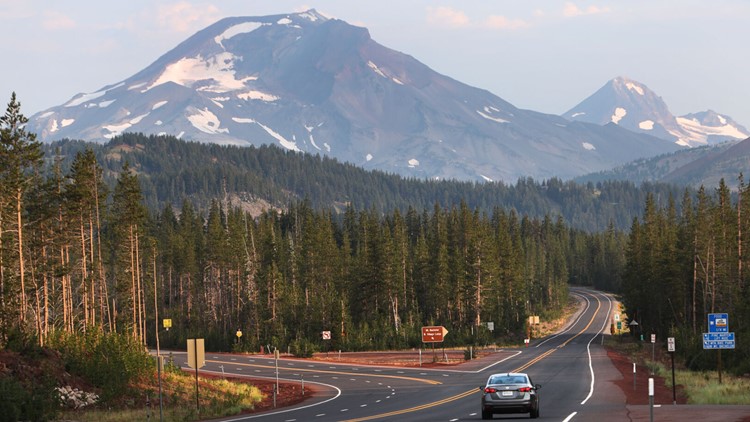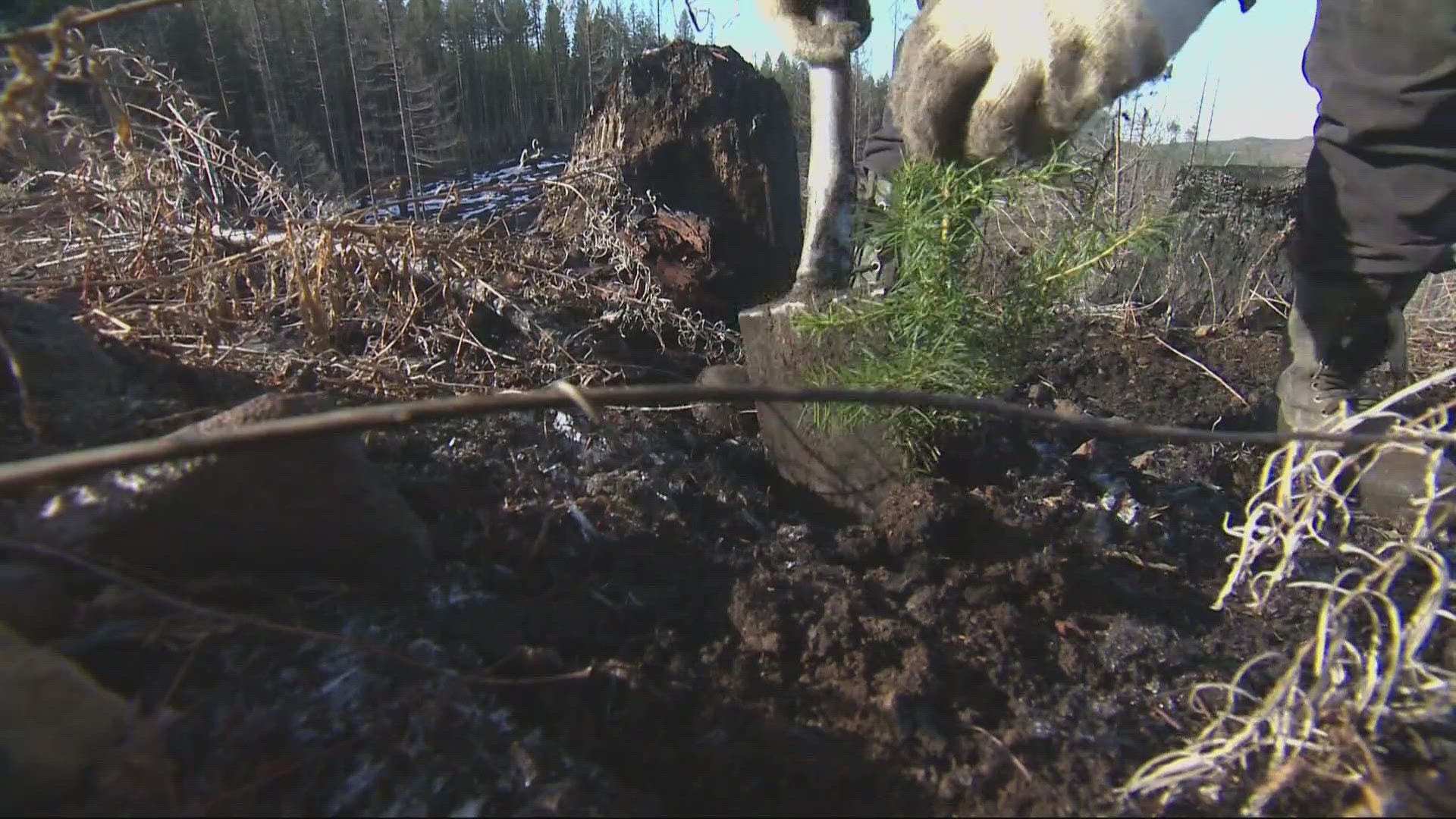BEND, Ore. — Winter brought above-average snow to the Central Cascades. Then a summertime heat wave melted most of it away.
Now Central Oregon’s glaciers could experience significant melt as the snow that normally protects them in the warmer months disappears.
The rapid snowmelt that occurred in spring and early summer has left midsummer snowmelt at historic lows, said Larry O’Neill, an associate professor at the College of Earth, Ocean and Atmospheric Sciences at Oregon State University. What’s more, this snow season — with its unusually rapid melt-off — is going to become the new normal, he said.
When snowpack melts early in the year, it can have negative consequences on water resources and the health of the glaciers. Reservoirs struggle to fill, river levels remain lower than normal and rangeland can deteriorate. For those who enjoy scaling Mount Jefferson, North Sister and other Central Oregon peaks, it can mean an early end to the climbing season on several mountains.
“The slightly warmer than normal spring and the June heat wave melted nearly all the snowpack,” said O’Neill. “We entered spring with near-normal snowpack in the Central Oregon Cascades, but unfortunately it melted out about three to four weeks earlier than normal.”
The impact of this is less snow in late summer to melt into streams, causing streams to flow at lower levels than normal. That can impair habitat for fish and wildlife. The weak snowpack in late summer also dries out forests, creating conditions for wildfire.
“This snow season is a perfect example of what the future will look like,” said O’Neill.
Glaciers melt off more rapidly when the protective snowpack that covers them disappears, said Anders Carlson, president of the Oregon Glaciers Institute, a nonprofit that works to preserve glaciers through science and education.
“This will be a very bad year for them,” said Carlson. “With the snow retreating and disappearing so quickly, this exposes the underlying glacier to melting sooner than in more normal years.”
The melt-off comes amid historically hot weather in Central Oregon. Temperatures recorded in Bend reached all-time highs in late June, culminating in 107-degree weather on June 30. At Warm Springs on June 27, the temperature soared to 119 degrees, tying a state record.
June this year was the second warmest June on record, dating back to 1895, said O’Neill. June this year was 8 degrees above normal compared to the record of 8.3 degrees above normal recorded in June 2015.
The threadbare snow cover, combined with the hot temperatures, is a double whammy, said Carlson, potentially driving glacier melt at a rapid rate.
“This can be a force multiplier but in a bad way,” said Carlson. “Longer periods of time with more glacier ice exposed to hotter temperatures all equals a bad year for glaciers.”
In years past, even in summer, Mount Bachelor, Broken Top and Three Sisters are covered in snow. Collier Glacier on west slopes of North Sister would also be blanketed in snow.
While the sight of so much exposed mountain may be jarring for some Bend residents at this time of year, experienced mountain climbers say they are getting used to the snowless skyline west of the city.
“It doesn’t surprise me,” said Cliff Agocs, co-owner of Timberline Mountain Guides, which runs mountaineering trips in the Cascades. “I have been working in the mountains in Oregon for 12 years now, and I have just seen the slow progression or fast progression depending on how you look at it.”
Agocs blames climate change for the rapid loss of snow in the Cascades each summer. Temperatures have warmed, on average, by 2 degrees over the past century in Oregon, and the snowpack is down by 20% since 1950, according to the Environmental Protection Agency.
A report from the Oregon Climate Change Research Institute, released in January, states that temperatures will rise by 5 degrees by the 2050s. It adds that snowy days will be cut in half by the mid-21st century compared to levels at the beginning of the century. Snowpack will decline by 60% by the middle of the century, the institute projects.
Because it’s safer to climb when loose rocks are still frozen together, Agocs’ guided climbs end when the mountaintops thaw out. Ten years ago that meant climbing into early August. The trips now end in early July.
“That kind of change shouldn’t be recognizable to one person over a decade,” said Agocs. “It’s really fast.”



